Fire safety is something every business should take seriously. To keep your team and your business safe, we have compiled advice from the Health and Safety Executive’s fire safety page, along with other respected voices in the field.
You can use this advice to help build your fire safety assessment (which you need to have, on top of your regular risk assessments).
What’s more, if you find this advice helpful, you can download a FREE Fire Safety poster to put up in your office or warehouse!
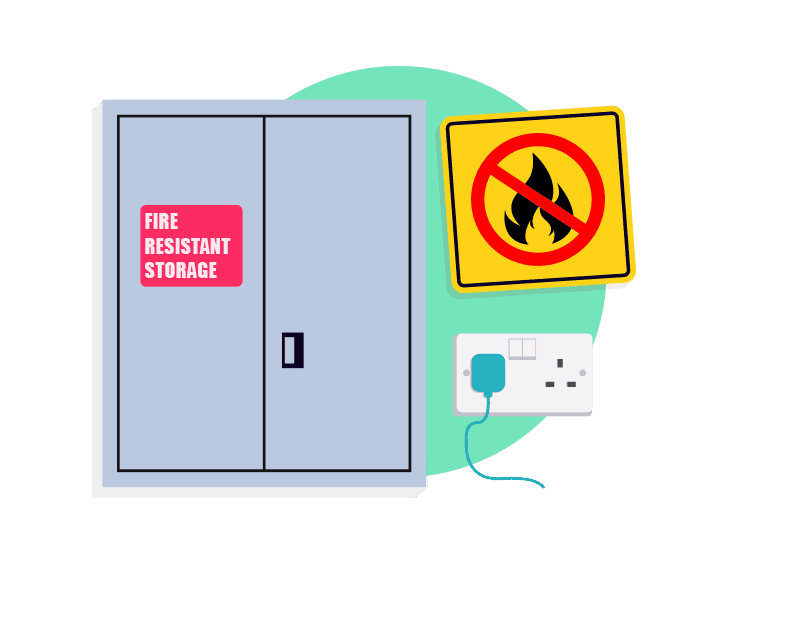
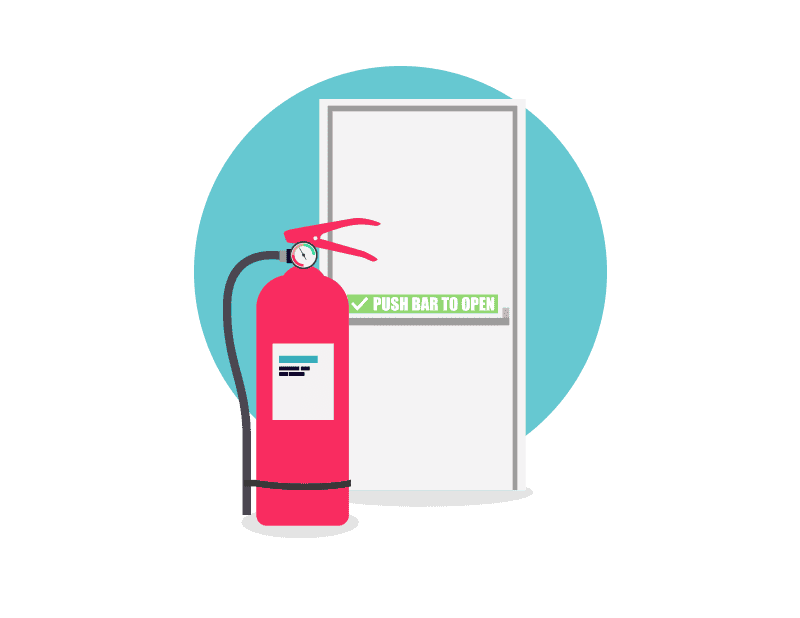
Minimising danger to staff
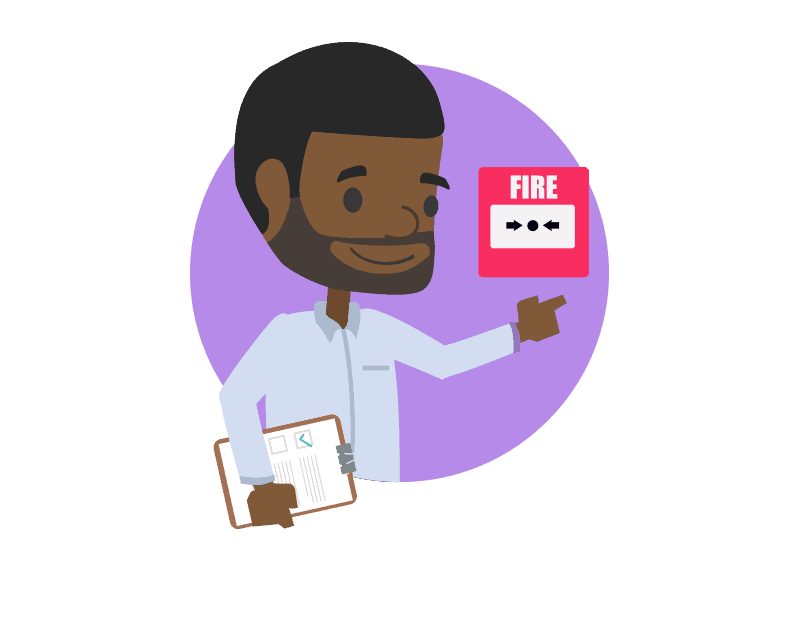
Things to check on:
Weekly:
Monthly:
Quarterly:
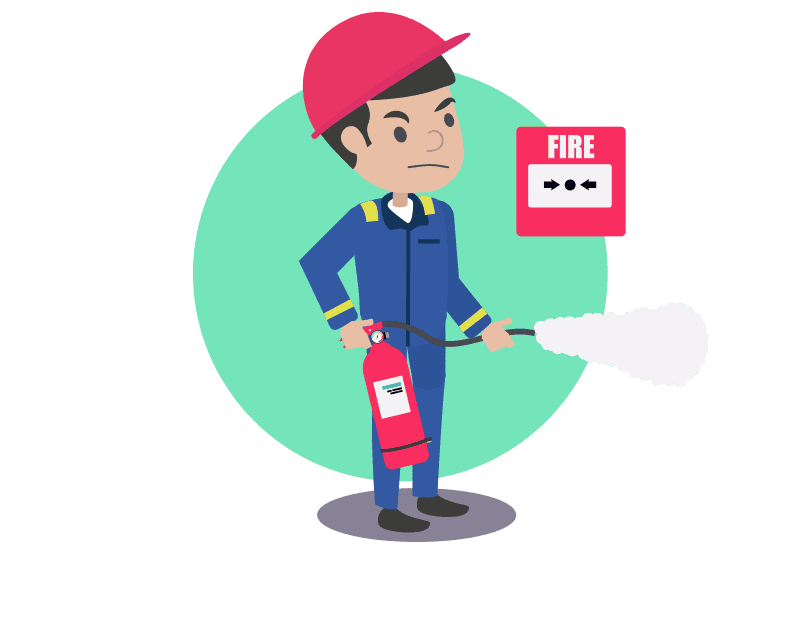
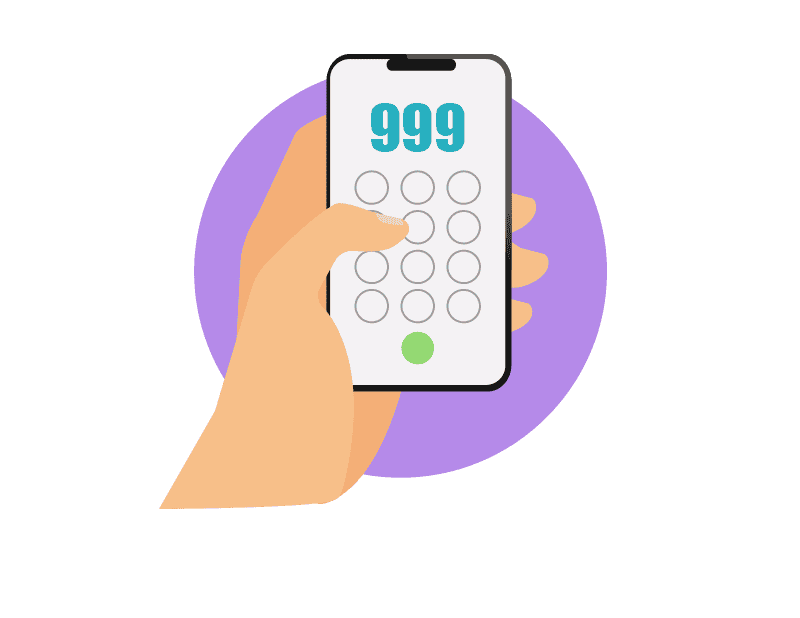
Contacting the emergency services
You may be asked:
NOTES: do not hang up partway through the conversation. The operator will terminate the call once they have all the information they need.
Make your team aware of any protocols you have for notifying the emergency services.

For wood, paper, textile and solid material fires.
Do not use on liquid, electrical, or burning metal fires

For oil, fat and liquid fires.
Do not use electrical or burning metal fires.

For oil, fat, liquid and electrical fires.
Do not use on burning metal fires

For liquid and electrical fires.
Do not use on burning metal fires

For cooking oil fires.
Do not use on burning metal fires
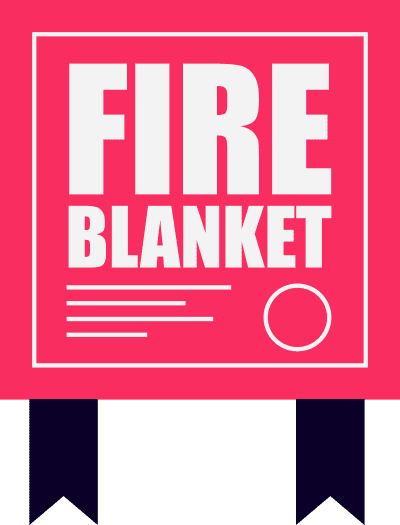
Fire blankets are suitable for small fires such as in cooking, or clothing fires.
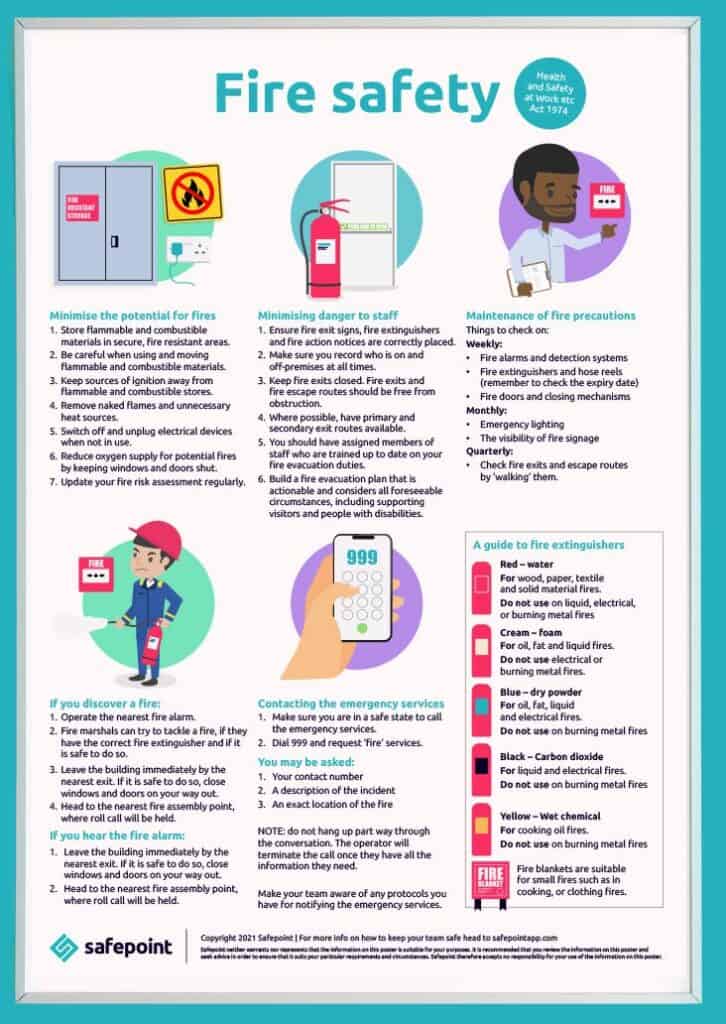
Accidents happen, that’s why we’re releasing this new series of health and safety posters –to help you create the safest possible environment for your team.
But what if an accident happens and no one’s about to help? Safepoint provides smart tools, discreet panic alarms and a 24/7 remote supervision service for those who work alone or in high-risk roles.
To find out how we can keep your team safe get in touch, below.
Note: Safepoint neither warrants nor represents that the information in this article is suitable for your purposes. It is recommended that you review the information in this article and seek advice in order to ensure that it suits your particular requirements and circumstances. Safepoint therefore accepts no responsibility for your use of the information in this article.
Award-winning safety management tools and a fully accredited response team.